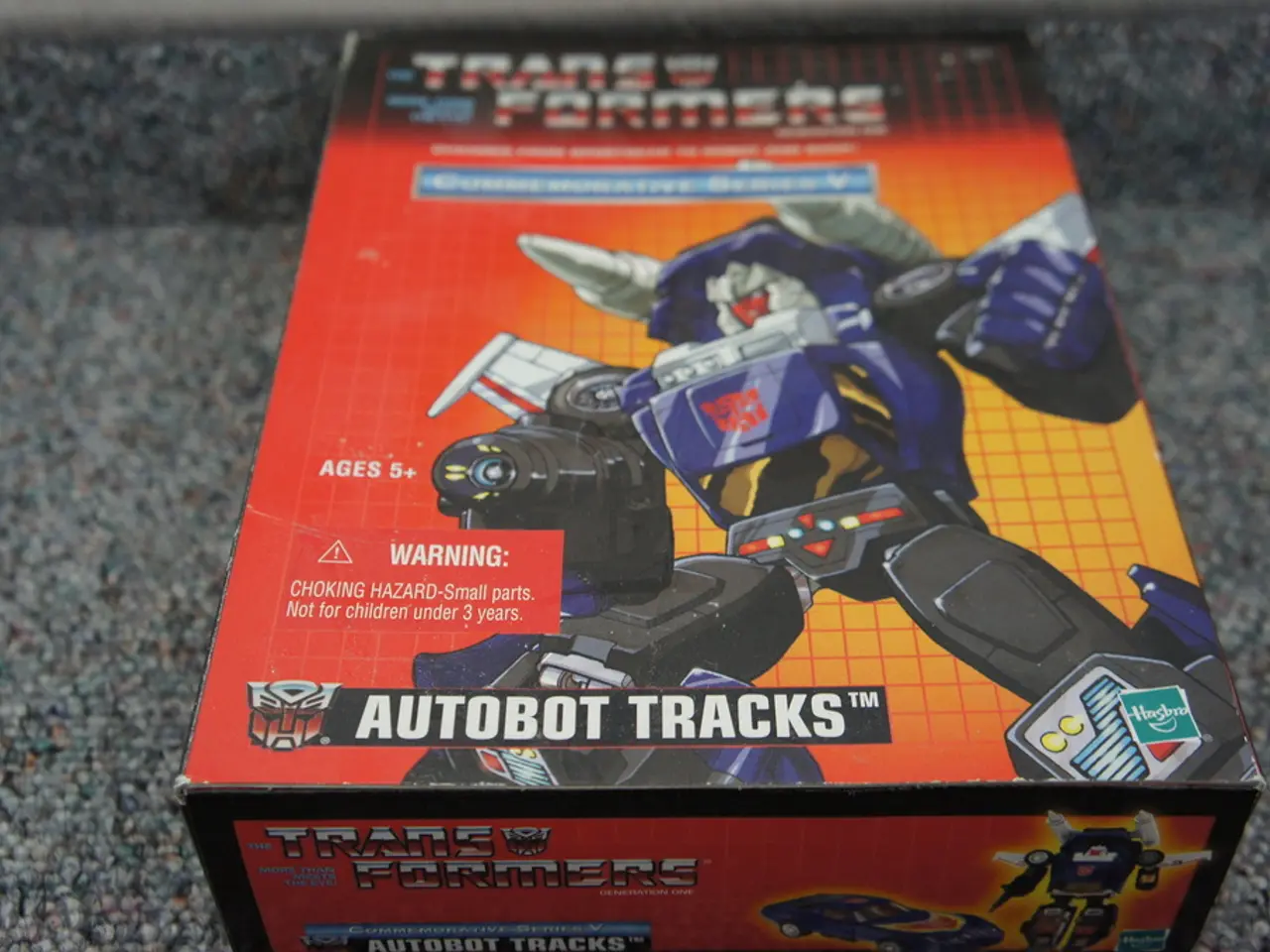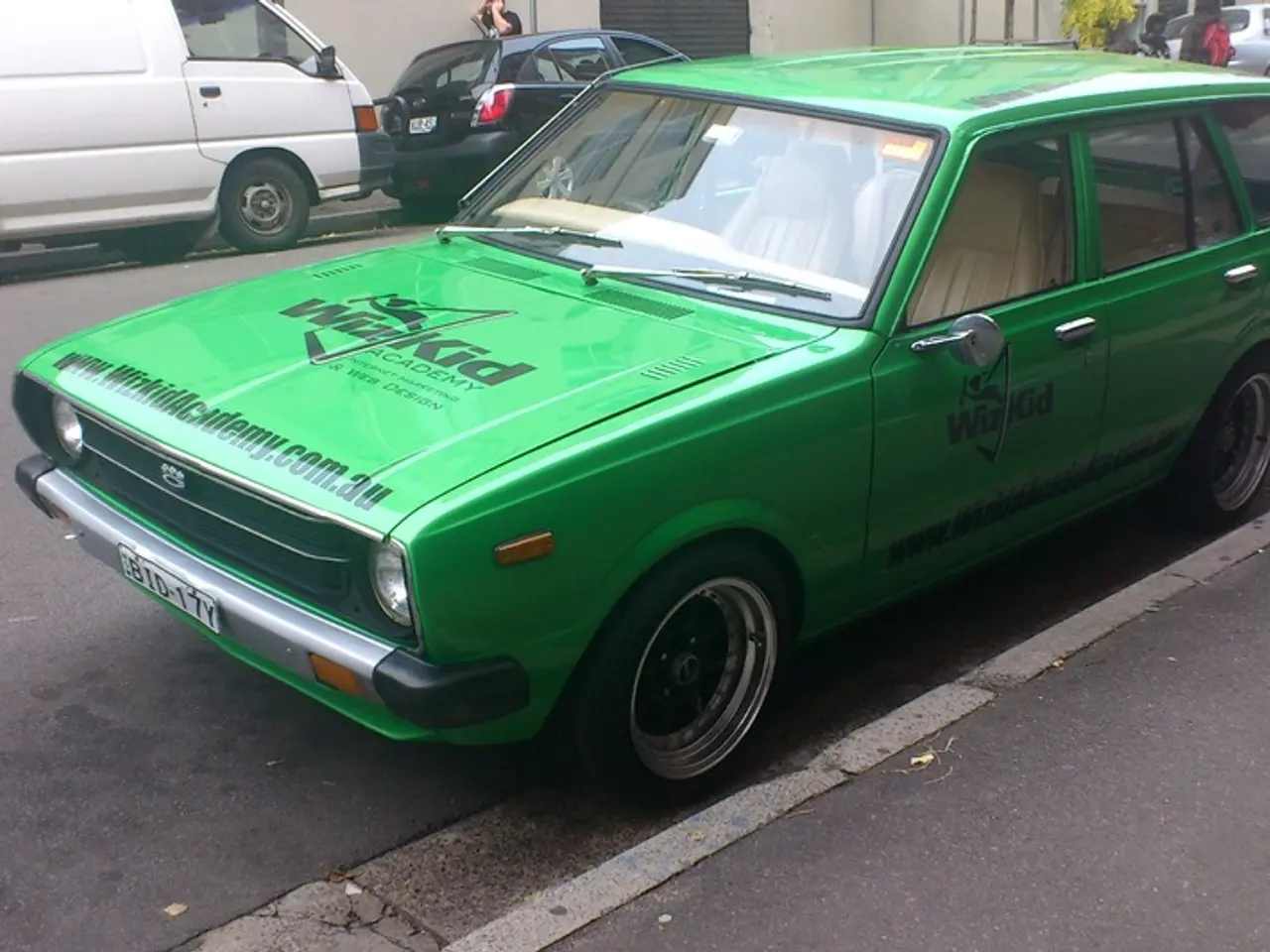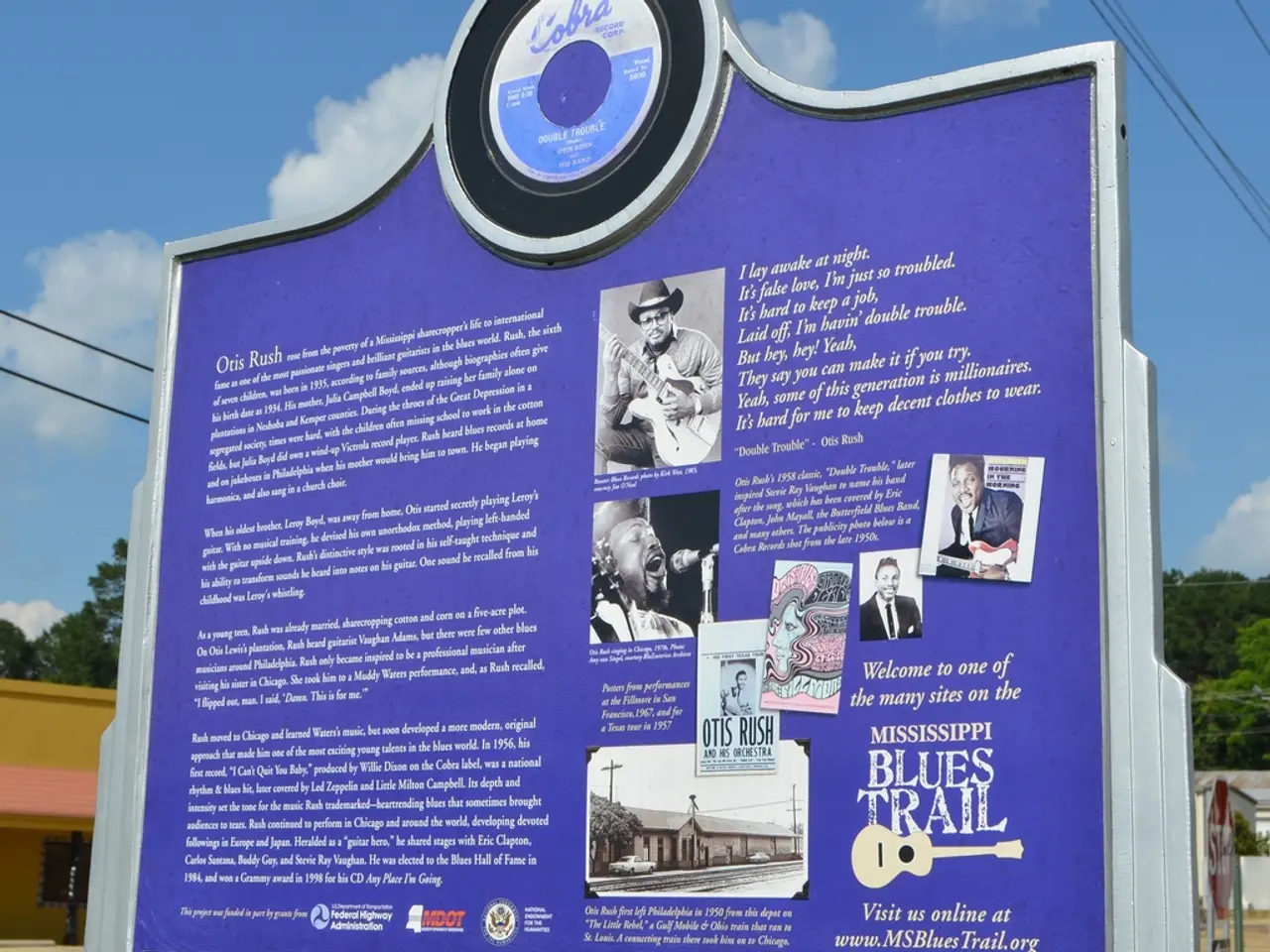Merging of Artificial Intelligence and Robotics Technologies
In 2025, the synergy between Artificial Intelligence (AI) and Robotics is already revolutionising various industries, enhancing efficiency, precision, autonomy, and safety. From manufacturing to healthcare, construction, consumer electronics, and autonomous vehicles, AI-powered robots are transforming the way we live and work.
In the realm of manufacturing and assembly, AI-powered industrial robots have taken over, performing tasks such as welding, painting, and even additive manufacturing (3D printing). ABB Robotics continues to expand its portfolio of large industrial robots and autonomous mobile robots (AMRs), supporting heavy-duty automation tasks.
The healthcare sector has also seen significant advancements, with AI and robotic manipulation enhancing surgical precision and enabling minimally invasive procedures. Robots also automate laboratory processes such as sample analysis. Humanoid robots with AI, like 1X Technologies' NEO with the Redwood AI model, can autonomously perform household tasks, illustrating the leap toward practical personal assistance.
In construction and heavy machinery, companies like Built Robotics retrofit heavy equipment (excavators, bulldozers) with AI for full autonomy, enabling 24/7 operation and enhanced safety on job sites. Gravis Robotics and FORT Robotics use AI-driven automation to handle material logistics and safety oversight in construction, reducing labor intensity and human error. Hive Autonomy provides systems to remotely control or autonomously operate load-handling vehicles, improving efficiency and operator safety.
AI powers smart home systems and consumer electronics, enabling devices that adapt to user behavior, improve convenience, and create personalised experiences. Advances exhibited at CES 2025 include AI-integrated robotics delivering personalised assistance and emotional intelligence, signalling deeper human-robot interaction.
In the automotive industry, AI-driven robotics are vital for autonomous driving, real-time navigation, and predictive maintenance. AI also enhances gaming with adaptive gameplay, immersive environments, and generative content creation.
Looking to the future, the continual enhancement of AI models, such as Redwood for humanoids, will increase robot autonomy in diverse environments, especially for domestic and service applications. Expanded AI-robotics integration will further transform industries: manufacturing will see even more precise, flexible automated assembly; construction will move towards fully autonomous heavy equipment operations; logistics will expand with autonomous load handling; healthcare robots will gain advanced diagnostic and treatment capabilities.
Robotics ecosystems like NEURA Robotics’ Neuraverse hint at future open platforms supporting flexible customisation and integration of cognitive robots across sectors. The drive towards safer human-robot collaboration will lead to advanced control and communication systems ensuring oversight without compromising autonomy.
The potential impact on jobs due to automation and AI-powered robots is a concern, but new roles are also anticipated. The responsible development and use of AI and robotics is crucial to prevent misuse or unintended consequences. Collaboration between researchers, policymakers, and industry leaders is crucial to ensure that AI and robotics are developed and deployed responsibly for the benefit of humanity.
Machine learning, a subset of AI, enables machines to learn from data and improve their performance over time without explicit programming. The future of AI and robotics includes the development of household robots that assist with daily chores and robots that aid in disaster response.
In essence, the AI-robotics synergy in 2025 is already revolutionising manufacturing, healthcare, construction, smart consumer products, and autonomous vehicles, with future trends indicating even greater autonomy, intelligence, and collaborative capabilities across more complex and sensitive tasks. The potential of this synergy holds immense promise for the future, with the potential to revolutionise various industries and reshape the way we live and work.
Artificial Intelligence (AI) has not only revolutionized manufacturing processes through AI-powered industrial robots, but it also improves healthcare, particularly surgery with enhanced precision and automated laboratory processes.
Technology advancements in AI and robotics continue to transform construction, as companies like Built Robotics retrofit heavy equipment with AI for full autonomy, and Gravis Robotics and FORT Robotics automate material logistics and safety oversight, reducing labor intensity and human error.




